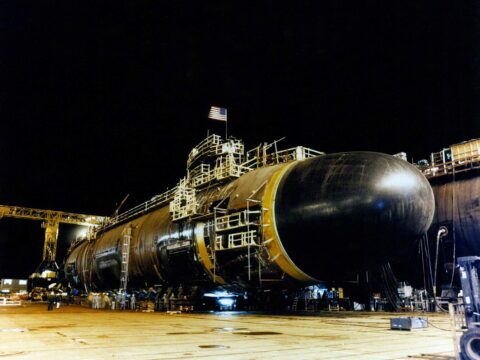Luxury cars often promise a combination of style, performance, and comfort, but not all models live up to the hype. In this article, we highlight a selection of luxury cars that, despite their prestigious badges and high price tags, fall short in terms of reliability, build quality, and overall value. From the Jaguar X-Type to the Tesla Model X, discover why these vehicles are considered some of the least desirable options in the luxury car market.
Contents
Jaguar X-Type
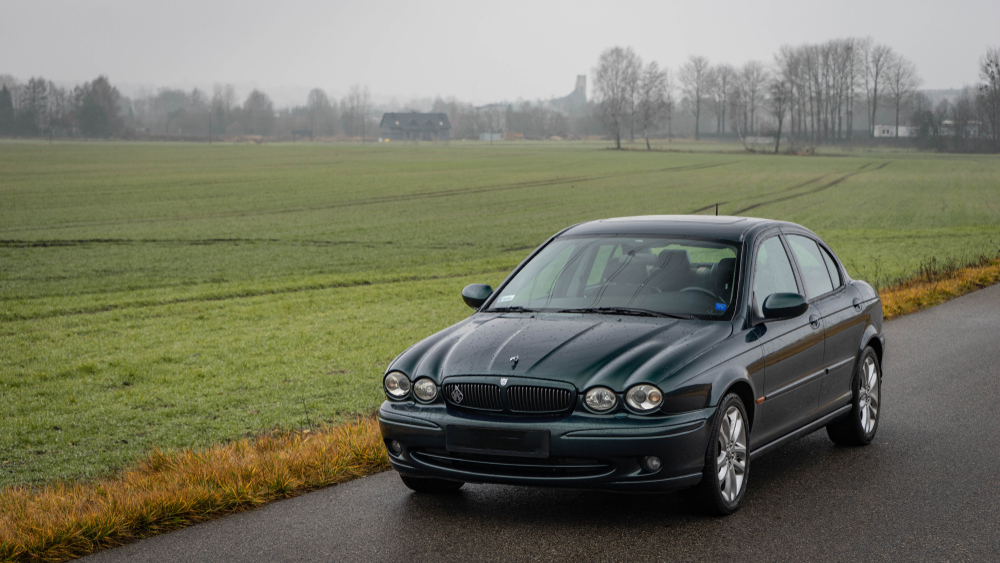
The Jaguar X-Type, produced from 2001 to 2009, was Jaguar’s attempt to compete in the compact luxury market. It featured a range of V6 engines, with the most powerful being a 3.0-liter engine producing 227 horsepower. However, the X-Type was built on the Ford Mondeo platform, leading to criticisms about its lack of true Jaguar luxury. Frequent mechanical issues, including transmission failures and electrical problems, and poor build quality make it a luxury car to avoid. Prices for used models are low, but so is their reliability.
Maserati Ghibli
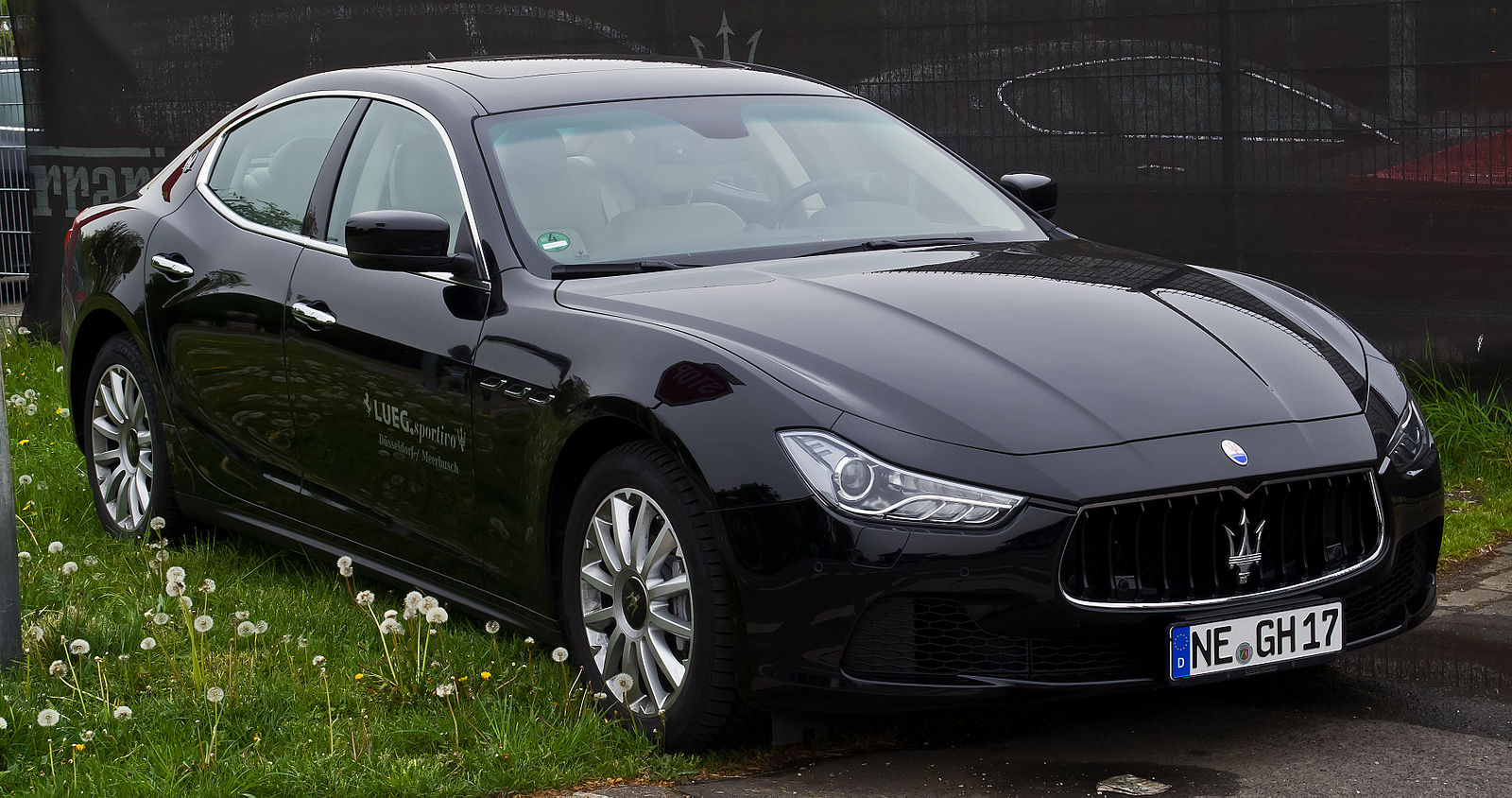
The Maserati Ghibli, reintroduced in 2013, aimed to offer a more affordable entry into the Maserati brand. It features a 3.0-liter twin-turbo V6 engine producing up to 424 horsepower. Despite its stylish design and impressive engine, the Ghibli suffers from poor reliability and high maintenance costs. The interior quality does not match up to its competitors, and frequent issues with electronics and build quality detract from the overall luxury experience. With a starting price of around $75,000, the Ghibli’s drawbacks overshadow its appeal.
Cadillac Catera
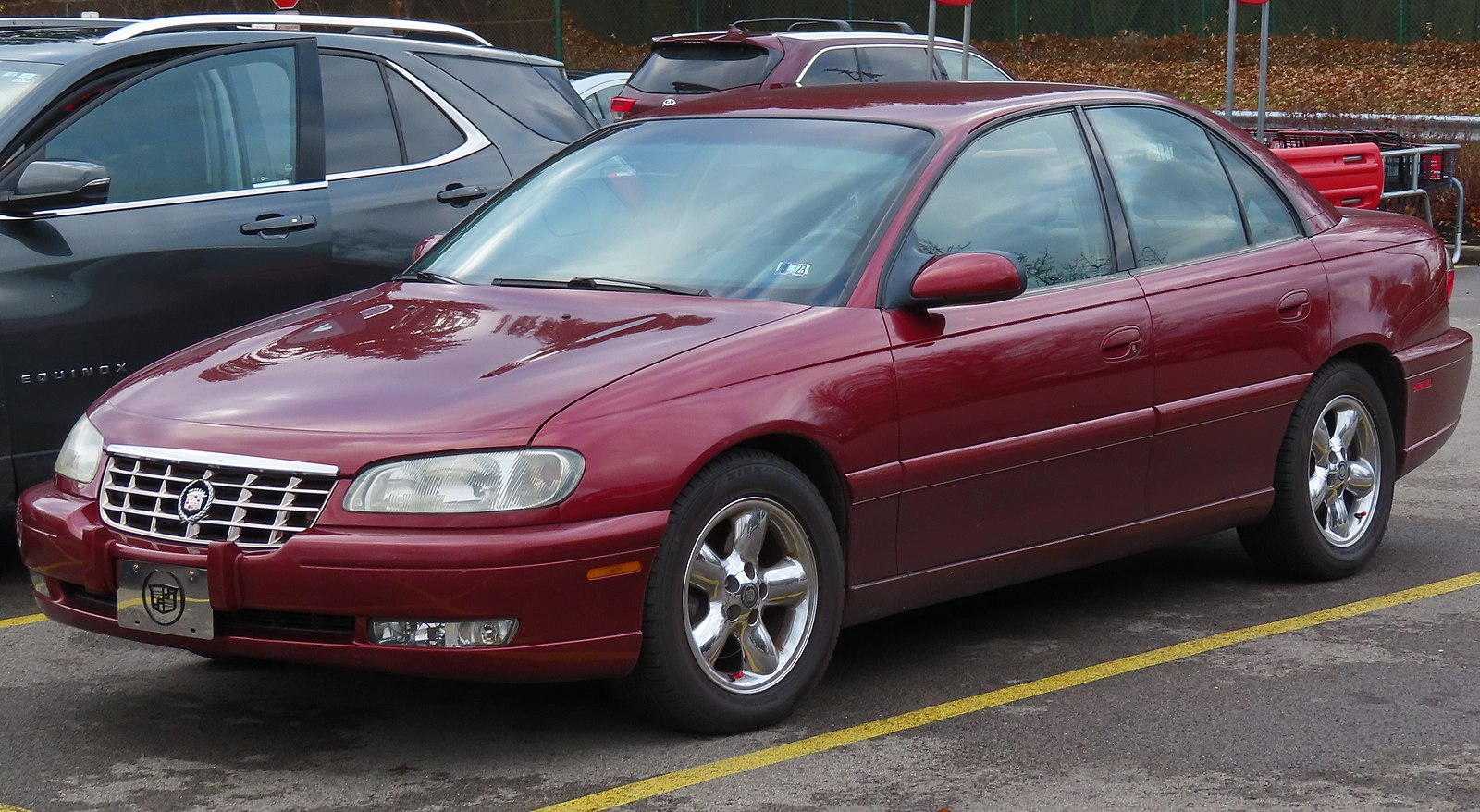
The Cadillac Catera, produced from 1997 to 2001, was marketed as a more affordable luxury sedan. It featured a 3.0-liter V6 engine producing 200 horsepower. However, the Catera was plagued with reliability issues, including frequent electrical problems and engine failures. Its bland design and lack of distinctive Cadillac features made it forgettable. The Catera’s high maintenance costs and low resale value make it a poor choice for luxury car buyers.
Mercedes-Benz R-Class
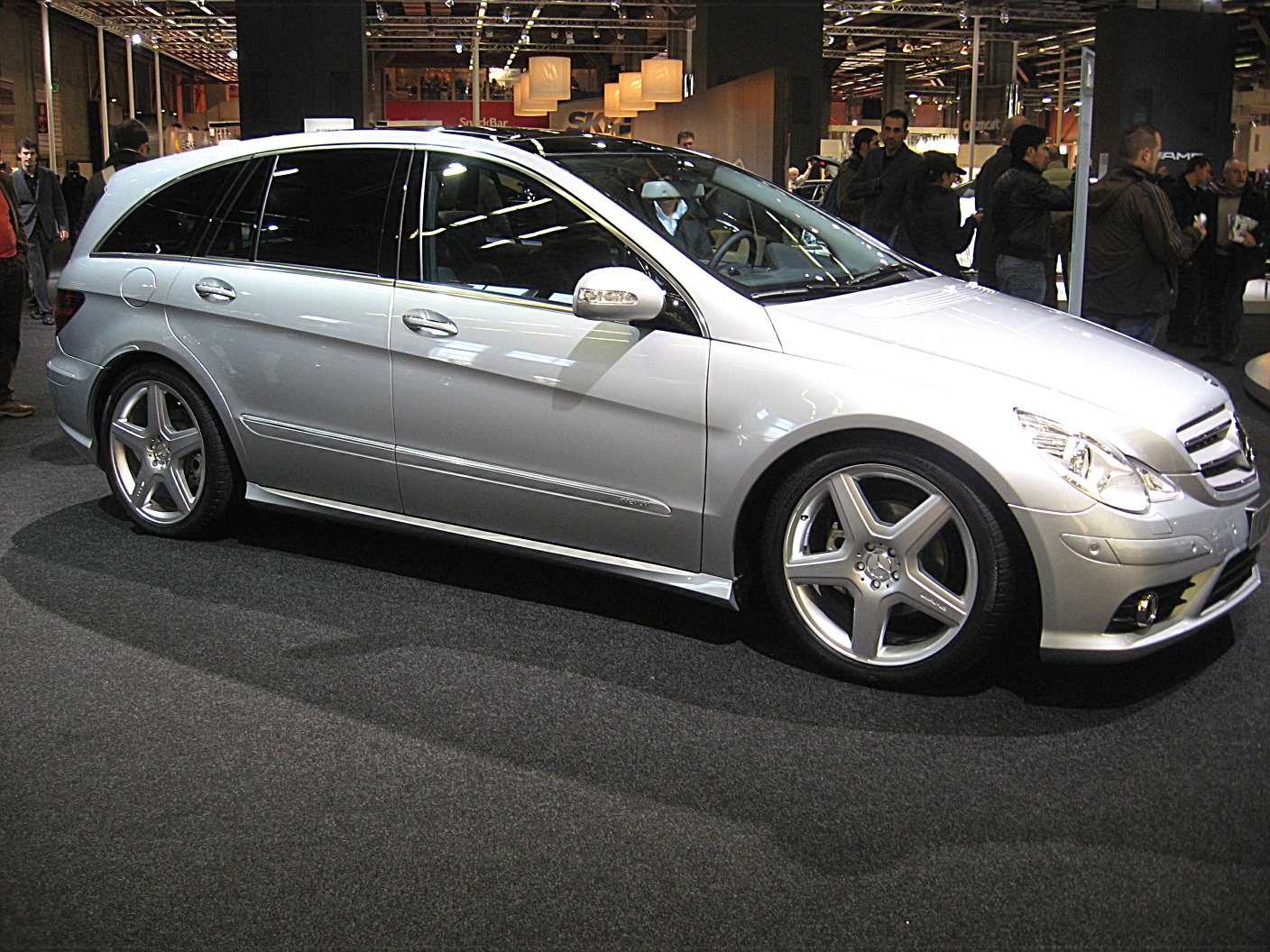
The Mercedes-Benz R-Class, produced from 2006 to 2013, was intended to be a luxurious people carrier. It featured a range of engines, including a 3.5-liter V6 producing 268 horsepower. Despite its spacious interior and high-quality materials, the R-Class was criticized for its minivan-like appearance and poor handling. Frequent mechanical issues, including problems with the air suspension and transmission, added to its woes. Its high price and disappointing reliability make it a luxury car to avoid.
Lincoln MKS
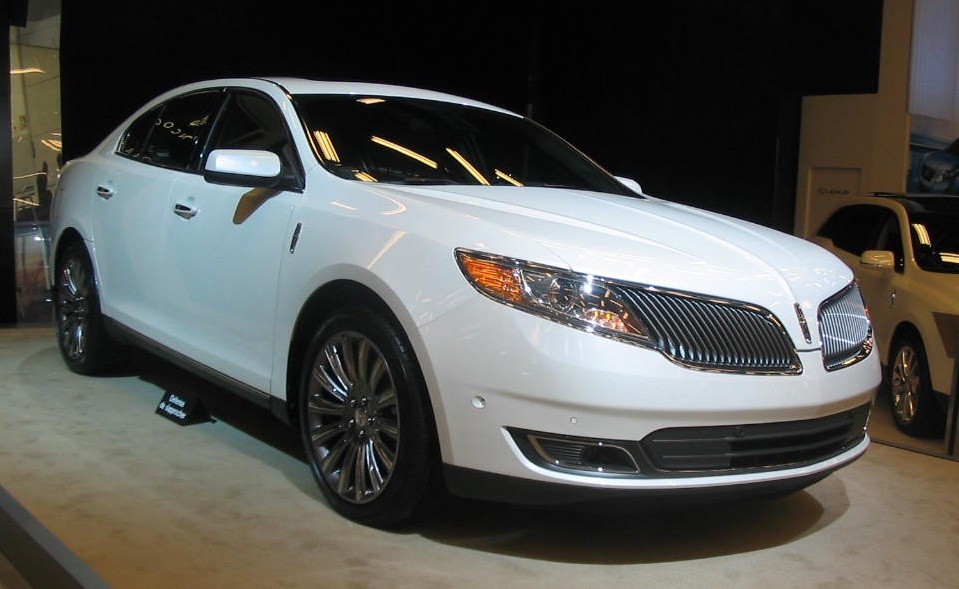
The Lincoln MKS, produced from 2009 to 2016, was designed to offer a comfortable and luxurious ride. It featured a 3.7-liter V6 engine producing 305 horsepower. However, the MKS was criticized for its uninspiring design and lackluster driving dynamics. The interior quality lagged behind its competitors, and frequent issues with the MyLincoln Touch infotainment system frustrated many owners. With a starting price of around $40,000, the MKS struggled to justify its cost.
Infiniti QX56

The Infiniti QX56, produced from 2004 to 2013, was a full-size luxury SUV with a 5.6-liter V8 engine producing 320 horsepower. Despite its powerful engine and spacious interior, the QX56 was plagued with reliability issues, including problems with the transmission and suspension. The interior materials and design were also considered subpar for a luxury vehicle. High maintenance costs and frequent mechanical issues make it a luxury SUV to avoid.
Jaguar S-Type
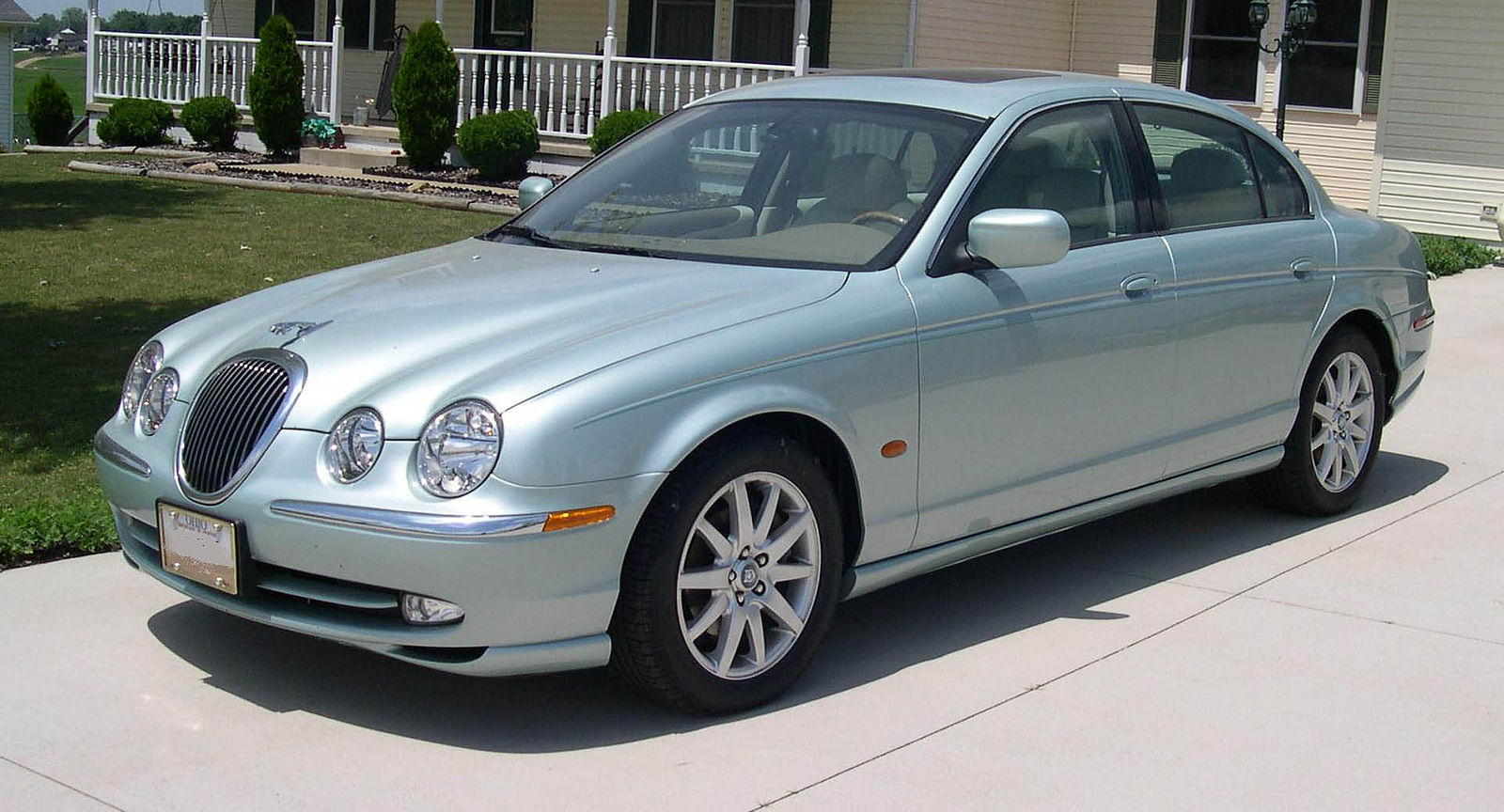
The Jaguar S-Type, produced from 1999 to 2008, aimed to offer a blend of classic Jaguar styling and modern luxury. It featured a range of engines, including a 4.2-liter V8 producing 300 horsepower. However, the S-Type suffered from poor reliability, with frequent issues related to the transmission, electrical systems, and build quality. Its retro design did not appeal to all buyers, and the interior quality was inconsistent. With high maintenance costs and low resale value, the S-Type is best avoided.
BMW 7 Series (E65/E66)
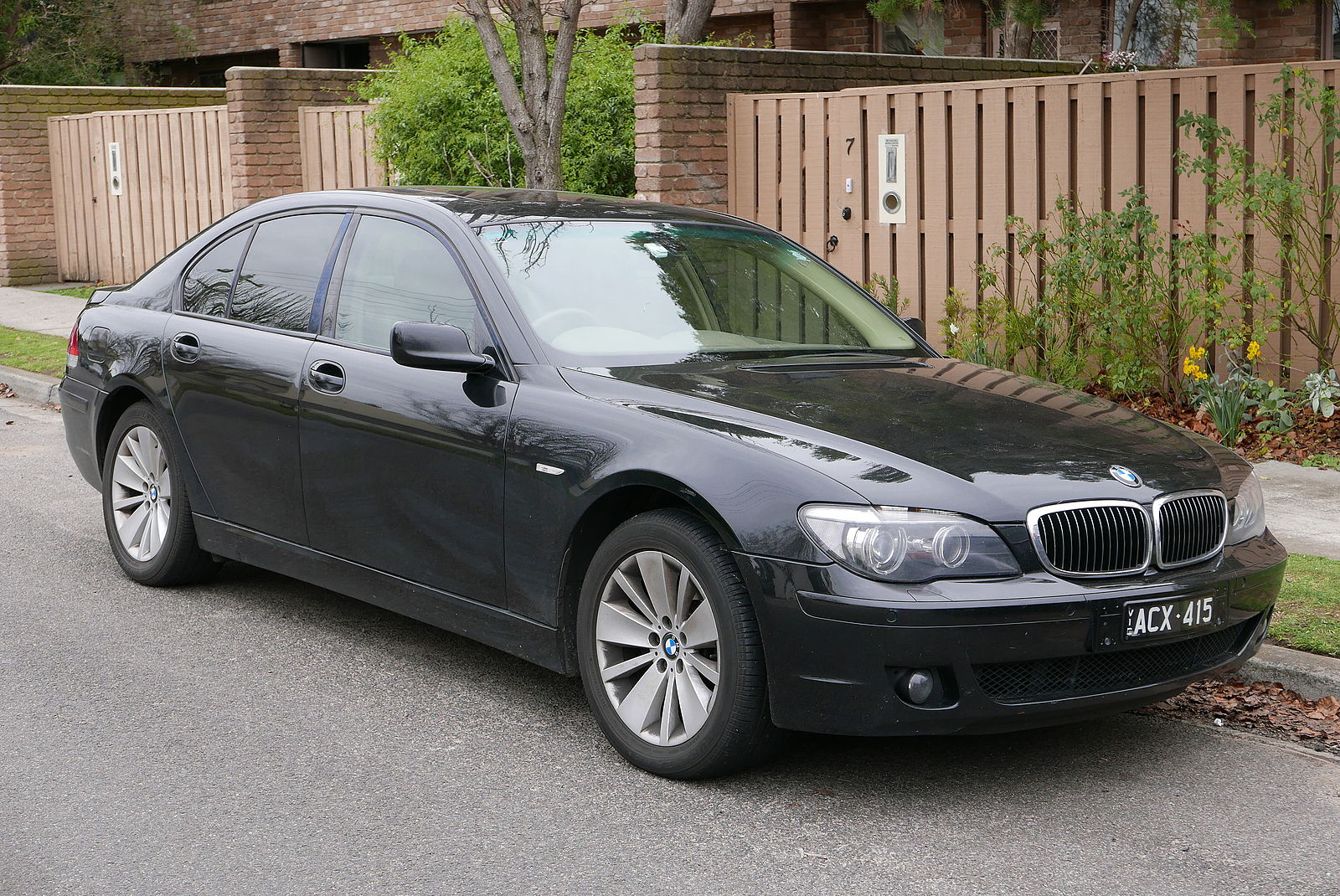
The BMW 7 Series (E65/E66), produced from 2001 to 2008, was a flagship luxury sedan with a range of powerful engines, including a 4.4-liter V8 producing 325 horsepower. Despite its advanced technology and luxurious features, the E65/E66 generation was notorious for its complex iDrive system and numerous electronic issues. The high cost of repairs and frequent mechanical problems, including transmission failures, made it a problematic choice. While it offered a luxurious experience, its reliability issues and high ownership costs detract from its appeal.
Mercedes-Benz ML-Class (W163)
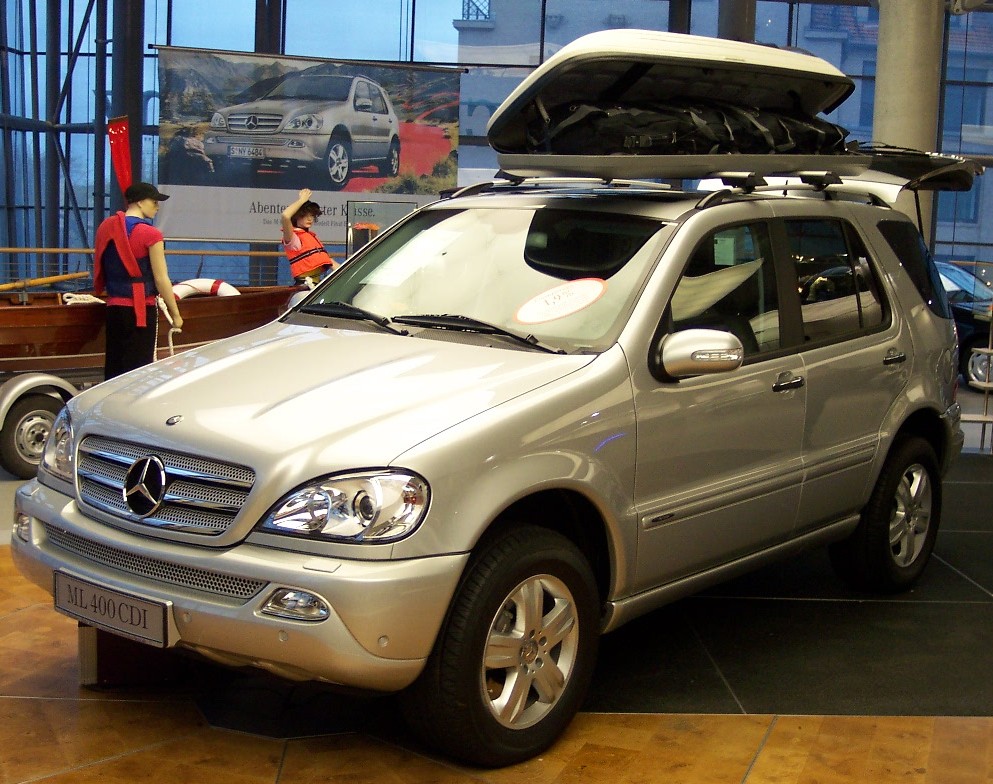
The Mercedes-Benz ML-Class (W163), produced from 1997 to 2005, was one of the brand’s early attempts at a luxury SUV. It featured a range of engines, including a 4.3-liter V8 producing 268 horsepower. However, the W163 suffered from poor build quality, frequent electrical issues, and problems with the transmission and suspension. The interior materials were also considered subpar for a luxury vehicle. Its high maintenance costs and reliability problems make it a luxury SUV to avoid.
Audi Q7 (First Generation)
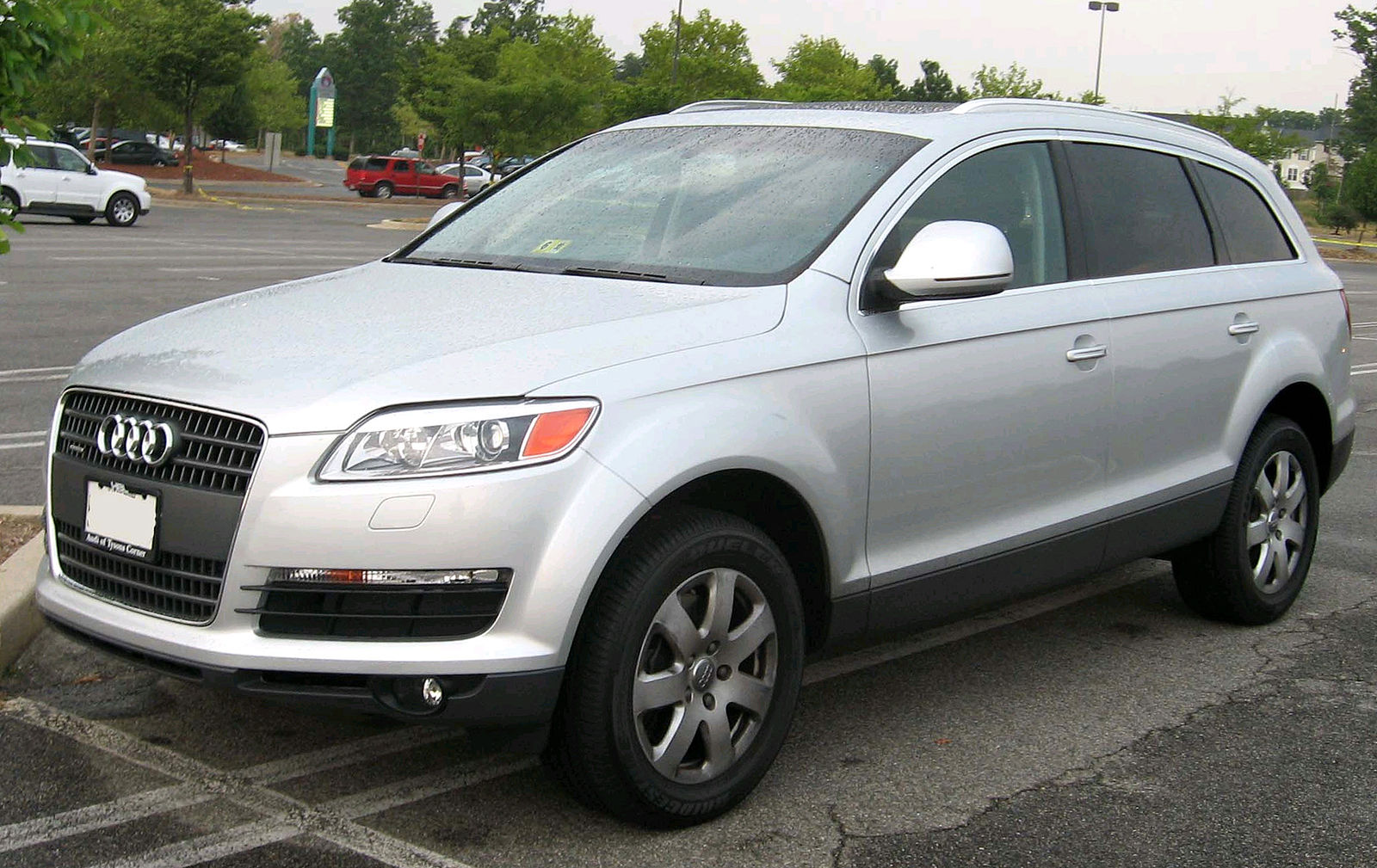
The first-generation Audi Q7, produced from 2005 to 2015, was a full-size luxury SUV with a range of powerful engines, including a 4.2-liter V8 producing 350 horsepower. Despite its luxurious interior and advanced features, the Q7 suffered from frequent mechanical issues, including problems with the air suspension and electronics. The high cost of maintenance and repairs, combined with its poor reliability record, make the first-generation Q7 a luxury SUV to avoid.
Cadillac XLR
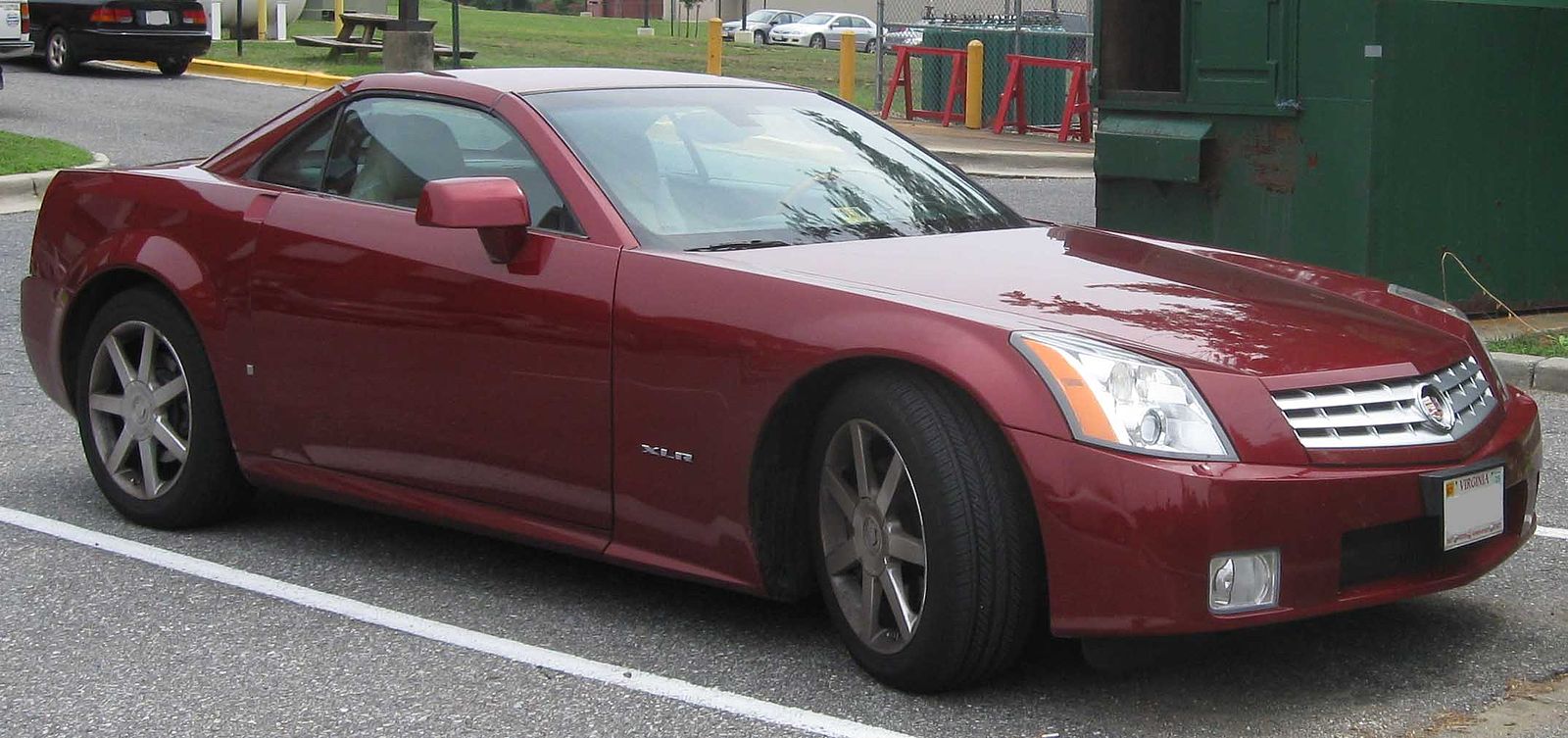
The Cadillac XLR, produced from 2003 to 2009, was a luxury roadster with a 4.6-liter Northstar V8 engine producing 320 horsepower. Despite its bold design and retractable hardtop, the XLR struggled with reliability issues, including problems with the engine and electronics. The high cost of repairs and maintenance, combined with a lack of brand recognition in the luxury roadster market, led to its decline in popularity. Its high initial price and disappointing reliability make it a poor choice for luxury car buyers.
Maserati Quattroporte (Fifth Generation)
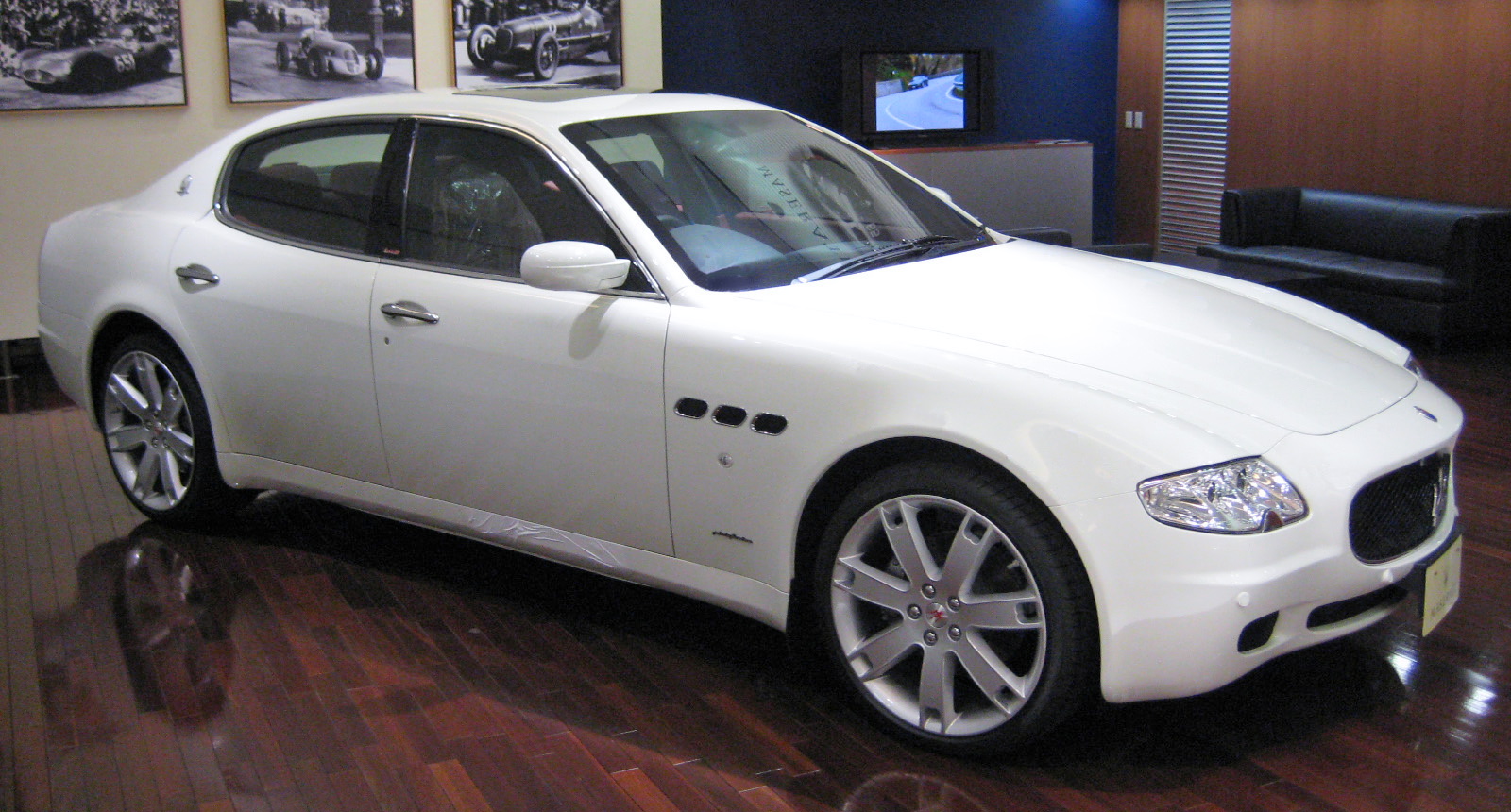
The fifth-generation Maserati Quattroporte, produced from 2003 to 2012, featured a range of powerful engines, including a 4.2-liter V8 producing 400 horsepower. Despite its elegant design and luxurious interior, the Quattroporte was plagued with reliability issues, including problems with the transmission and electronics. The high cost of maintenance and frequent mechanical issues make it a challenging car to own. While it offers a luxurious experience, its reliability concerns and high ownership costs make it a luxury sedan to avoid.
Saab 9-5
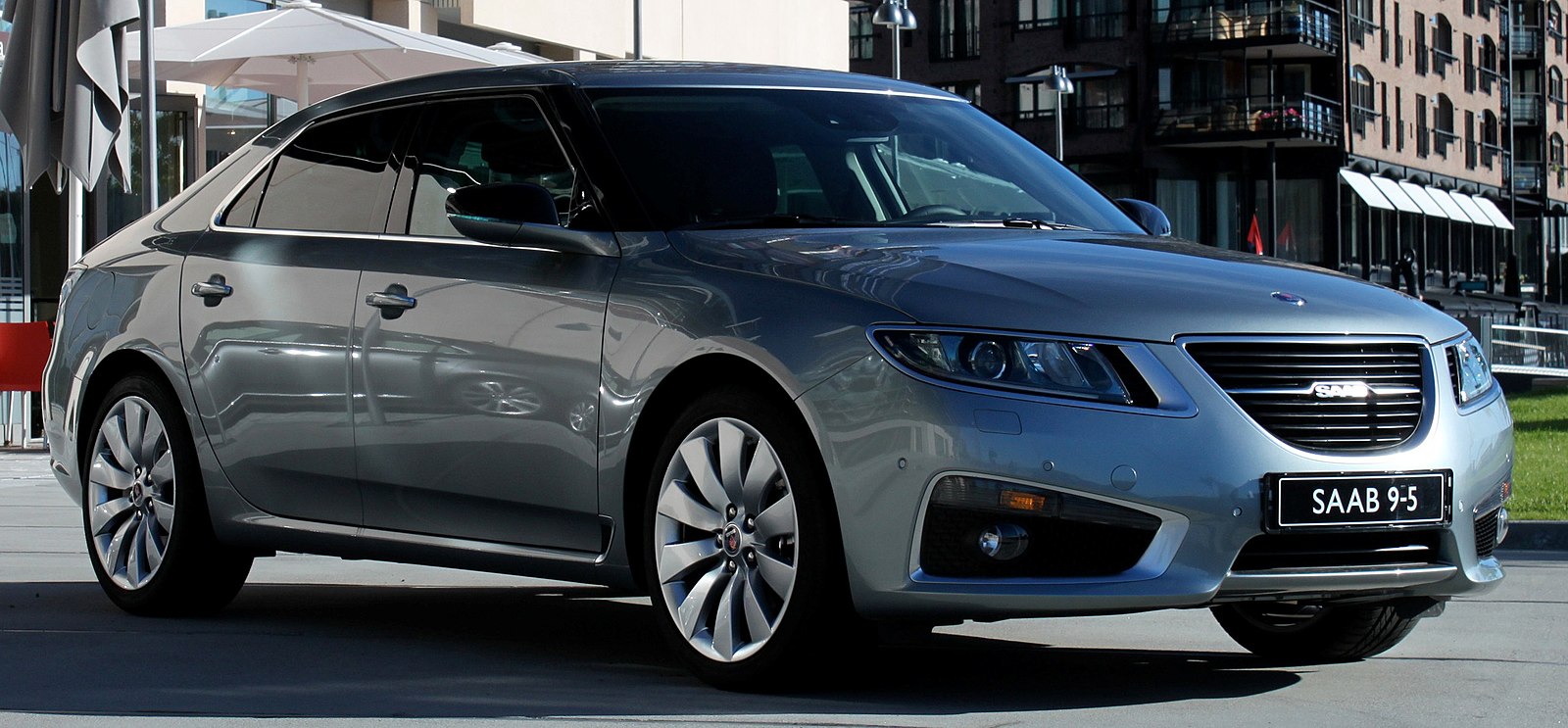
The Saab 9-5, produced from 1997 to 2012, was a mid-size luxury sedan with a range of turbocharged engines, including a 2.3-liter turbocharged inline-four producing 250 horsepower. Despite its unique design and safety features, the 9-5 struggled with reliability issues, including problems with the engine, transmission, and electronics. The high cost of repairs and Saab’s eventual bankruptcy led to difficulties in finding parts and service. Its low resale value and reliability concerns make it a poor choice for luxury car buyers.
Volvo S80
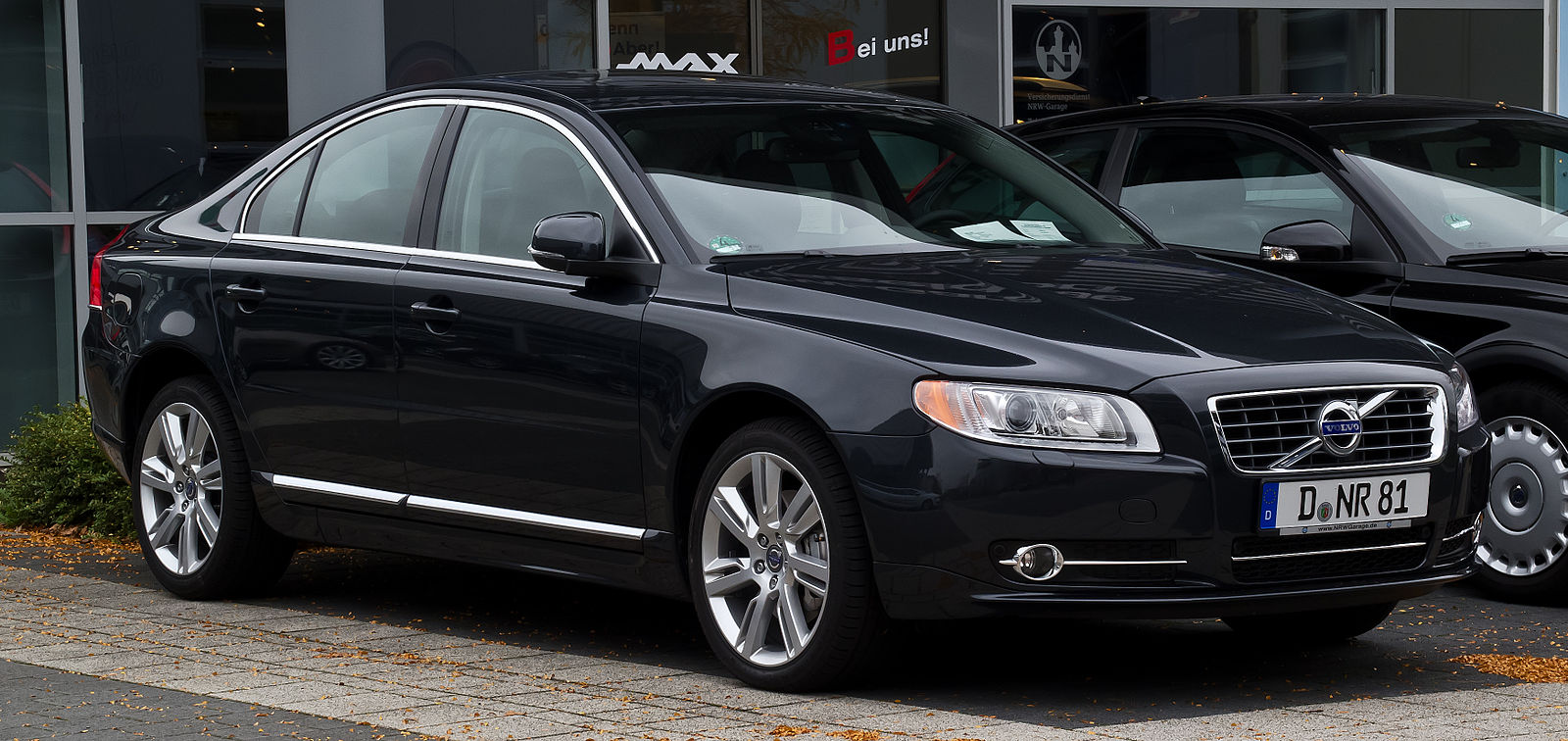
The Volvo S80, produced from 1998 to 2016, was a mid-size luxury sedan with a range of engines, including a 4.4-liter V8 producing 311 horsepower. Despite its focus on safety and comfort, the S80 suffered from frequent mechanical issues, including problems with the transmission and electronics. The high cost of repairs and maintenance, combined with its bland design and uninspiring driving experience, led to its decline in popularity. The S80’s reliability concerns and high ownership costs make it a luxury sedan to avoid.
Lincoln MKZ Hybrid

The Lincoln MKZ Hybrid, introduced in 2011, aimed to offer a luxurious and fuel-efficient driving experience. It features a 2.0-liter inline-four engine paired with an electric motor, producing a combined 188 horsepower. Despite its promise of efficiency, the MKZ Hybrid struggled with reliability issues, including problems with the hybrid system and electronics. The interior quality was also considered subpar for a luxury vehicle. Its high maintenance costs and frequent issues make it a poor choice for luxury hybrid buyers.
Lexus HS 250h
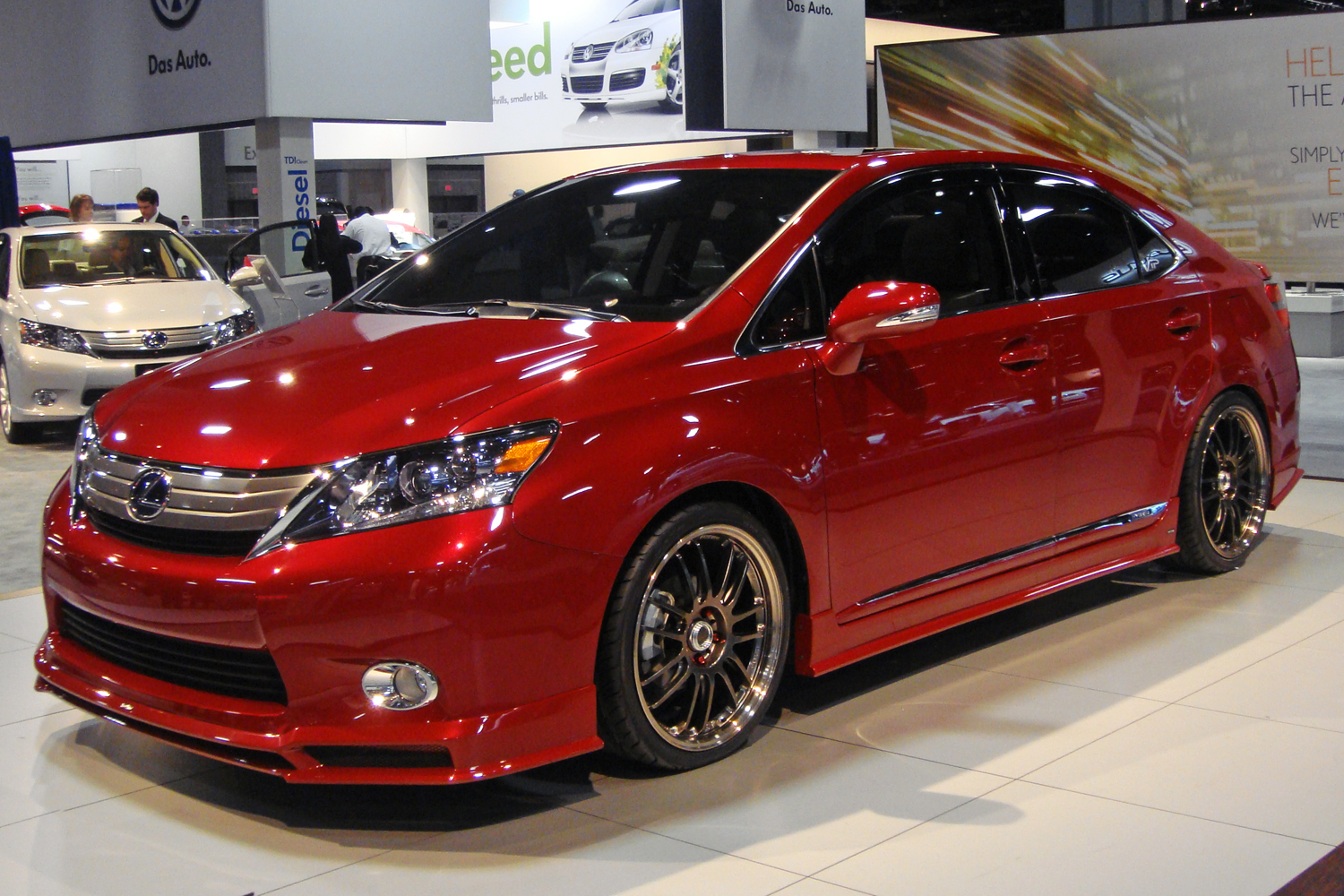
The Lexus HS 250h, produced from 2009 to 2012, was a compact luxury hybrid sedan with a 2.4-liter inline-four engine paired with an electric motor, producing a combined 187 horsepower. Despite its promise of efficiency, the HS 250h struggled with poor fuel economy compared to other hybrids, and its driving experience was considered uninspiring. The interior quality and design also lagged behind other Lexus models. The HS 250h’s lack of popularity and mediocre performance make it a luxury hybrid to avoid.
Chrysler 300 (Second Generation)

The second-generation Chrysler 300, introduced in 2011, aimed to offer a blend of luxury and performance with a range of engines, including a 5.7-liter Hemi V8 producing 363 horsepower. Despite its bold design and powerful engine options, the 300 struggled with reliability issues, including problems with the transmission and electronics. The interior quality and fit-and-finish were also inconsistent. Its high maintenance costs and frequent mechanical issues make it a luxury sedan to avoid.
Infiniti Q50 Hybrid
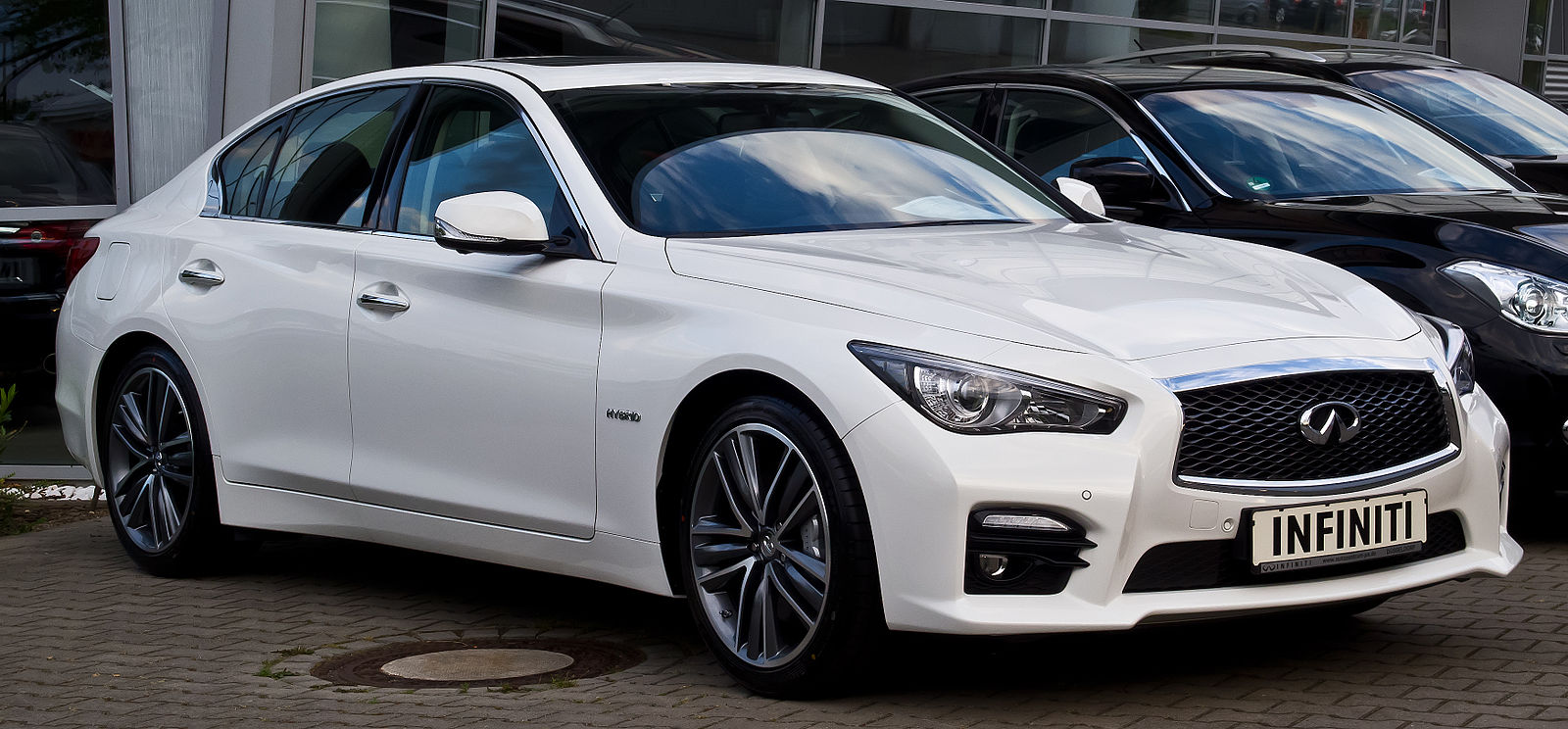
The Infiniti Q50 Hybrid, introduced in 2014, aimed to offer a luxurious and fuel-efficient driving experience with a 3.5-liter V6 engine paired with an electric motor, producing a combined 360 horsepower. Despite its impressive performance, the Q50 Hybrid struggled with reliability issues, including problems with the hybrid system and electronics. The interior quality was also considered subpar compared to its competitors. Its high maintenance costs and frequent issues make it a poor choice for luxury hybrid buyers.
Acura RLX
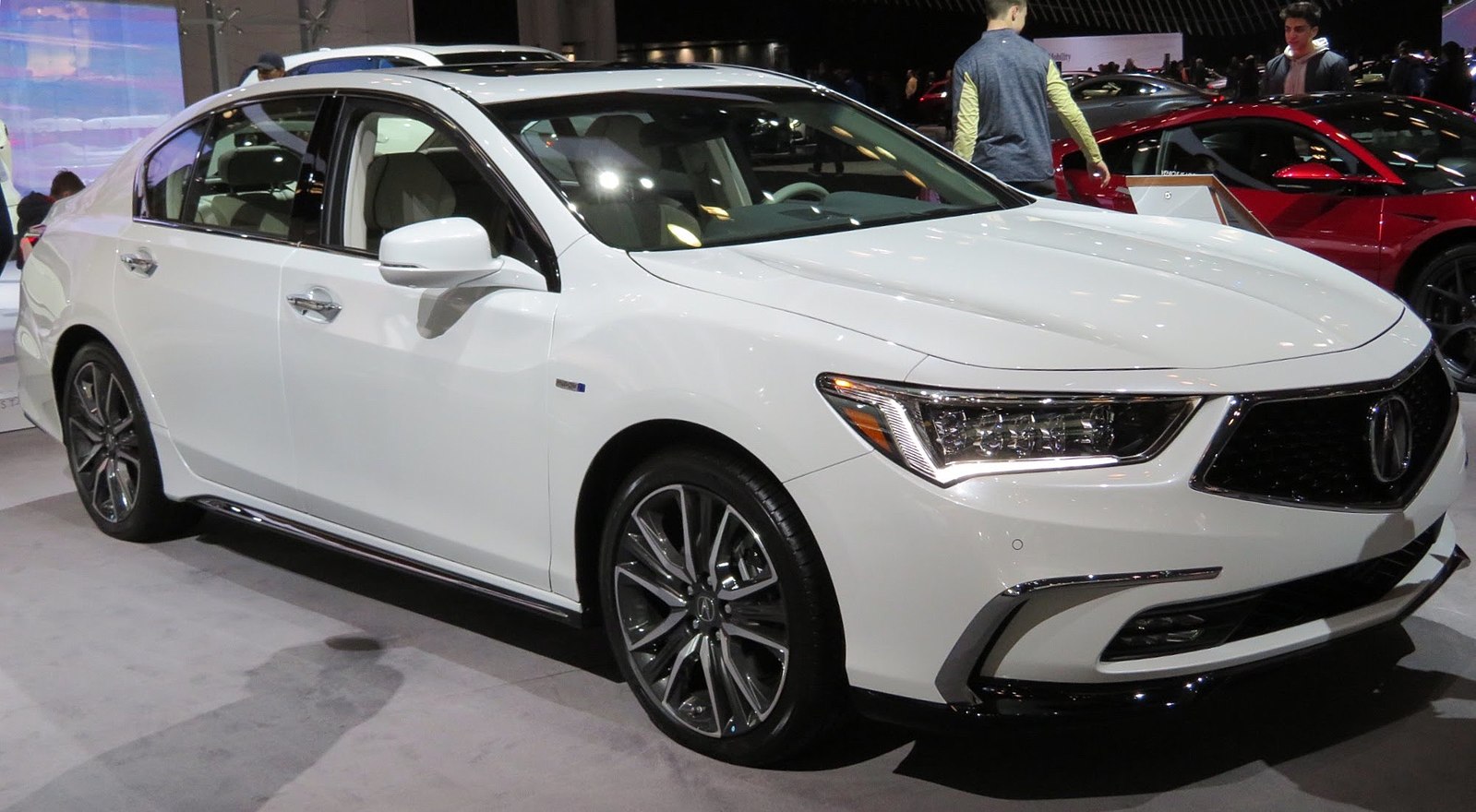
The Acura RLX, introduced in 2013, aimed to offer a luxurious and advanced driving experience with a 3.5-liter V6 engine producing 310 horsepower. Despite its advanced technology and spacious interior, the RLX struggled with poor sales due to its bland design and uninspiring driving dynamics. The hybrid version, although more efficient, faced reliability issues and high maintenance costs. The RLX’s lack of brand prestige in the luxury segment and mediocre performance make it a less desirable option for luxury car buyers.
Tesla Model X
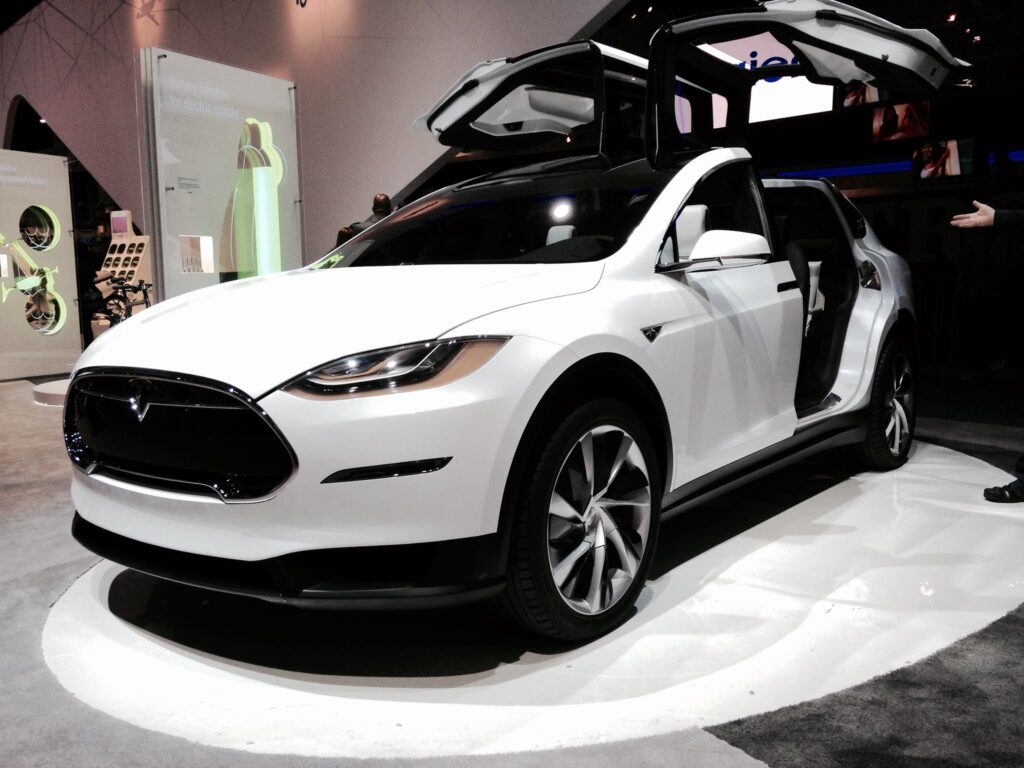
The Tesla Model X, introduced in 2015, is an all-electric luxury SUV known for its falcon-wing doors and advanced technology. Despite its impressive electric performance, with up to 1,020 horsepower in the Plaid version, the Model X has faced numerous quality control issues. Owners have reported problems with the doors, touchscreen malfunctions, and inconsistent build quality. The high purchase price, starting at around $90,000, combined with frequent and costly repairs, makes the Model X a challenging vehicle to own.
This article originally appeared on MyCarMakesNoise.
More from MyCarMakesNoise
10 Budget-Friendly RVs for First-Time Buyers

Venturing into the world of RV travel can be exhilarating, but the wide range of options and prices can be overwhelming for first-time buyers. This is why choosing a budget-friendly RV that doesn’t compromise on quality and essential features is crucial. Read More.
10 Unusual Spacecraft Designs That Defied Convention

Venturing into space has always demanded audacious ideas and bold engineering. Throughout history, visionaries and engineers have dared to think outside the conventional pathways, proposing spacecraft designs that stretch the imagination and challenge the status quo. Read More.
15 High-Performance Sports Cars That Didn’t Sell

In the world of automobiles, high-performance sports cars often represent the pinnacle of engineering prowess and design sophistication. These vehicles are built to deliver exhilarating speed, precise handling, and an undeniable allure that captivates car enthusiasts around the globe. Read More.


